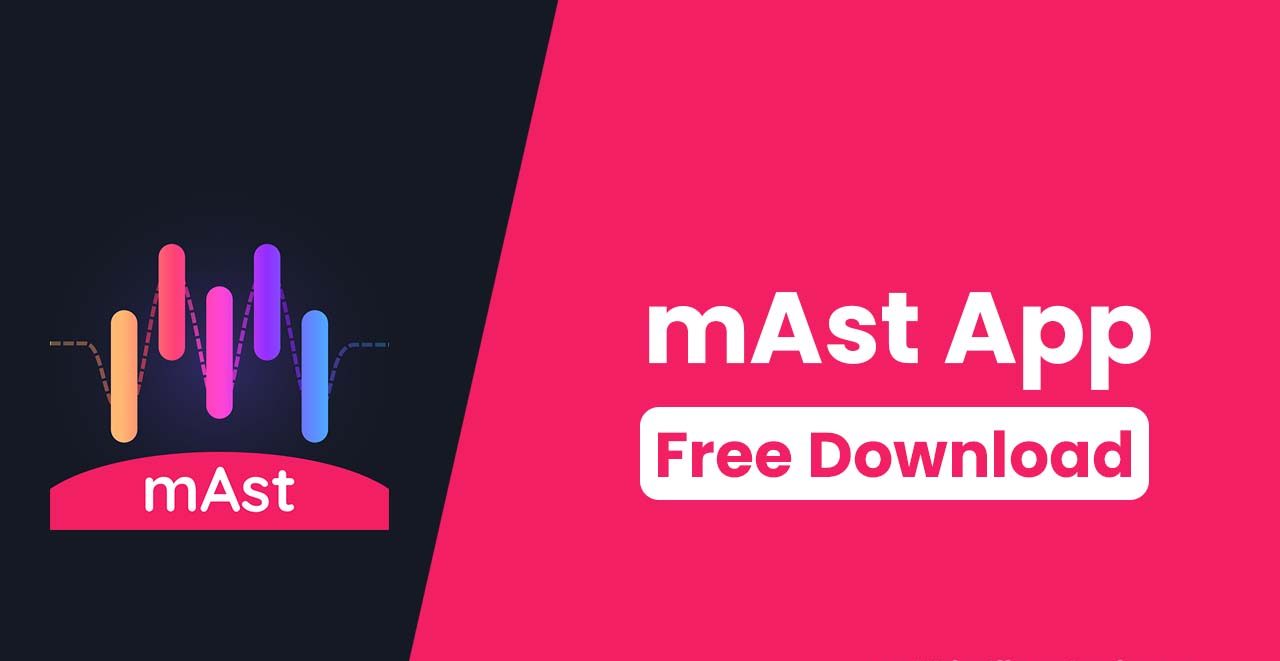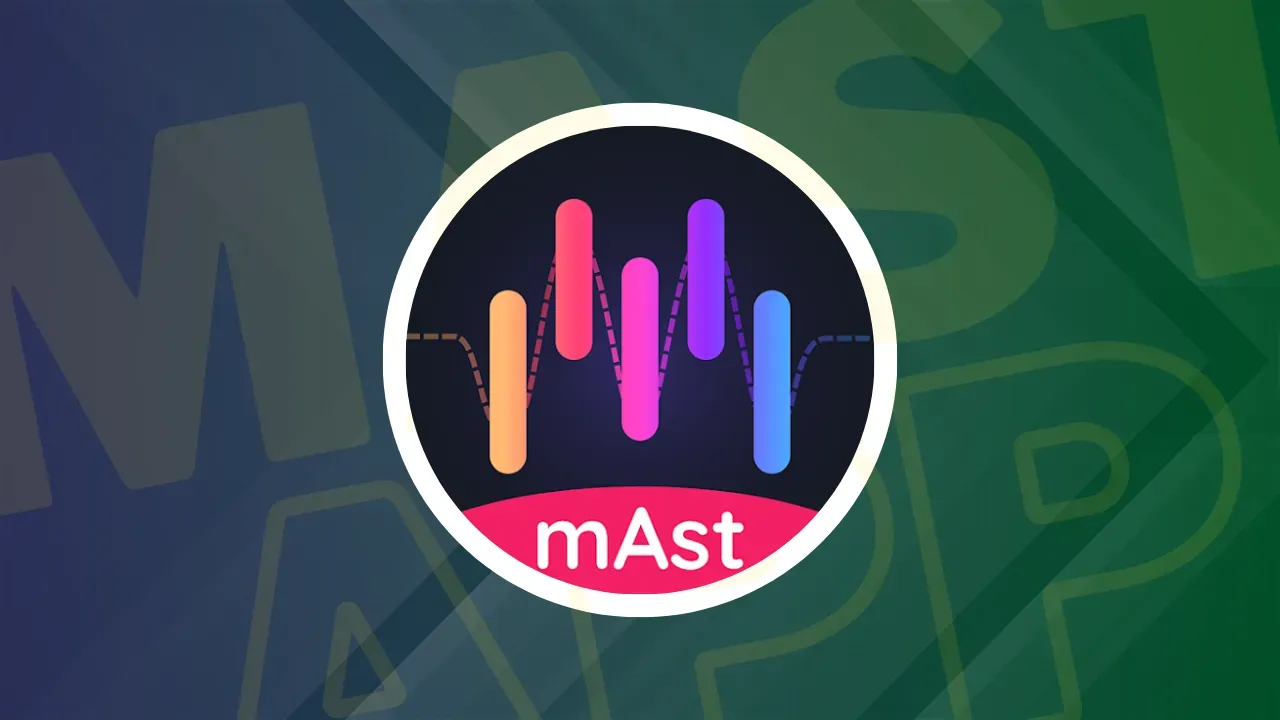As the digital world leans towards privacy and decentralization, Mastodon stands out as a decentralized social media platform offering an alternative to mainstream networks. Enter #MastApp, a third-party client enhancing the Mastodon experience with its user-centric design and rich features. This introduction to MastApp will highlight its key offerings and why it’s becoming a favored choice for users eager to explore the realms of decentralized social media, marking its significance in the evolving landscape of online communication.
Table of Contents
Background of #Mastapp
Mastodon stands out in the social media landscape with its unique decentralized structure, offering an alternative to centralized platforms like Twitter and Facebook. It operates through a network of independently run servers, or “instances,” that connect to form a federated universe. This setup not only fosters privacy and freedom of speech but also allows for diverse community governance. Third-party clients like MastApp are pivotal in this ecosystem, enhancing Mastodon’s accessibility with user-friendly interfaces and added features. MastApp, in particular, has become popular for making the decentralized experience more approachable, reflecting Mastodon’s potential to reshape social media with a focus on user control and digital privacy.

Setting up and using MastApp for Mastodon is a simple process designed for quick start and easy navigation:
- Download and Install: Find MastApp in your app store, download, and install it on your device.
- Account Setup: Create a new Mastodon account or sign in with an existing one through MastApp, selecting a server that aligns with your interests.
- Explore the Interface: Navigate your home timeline to see posts from followed accounts, use search to discover new content, and check out local and federated timelines for a wider view.
- Customize Your Experience: Adjust MastApp settings for themes, notifications, and privacy. Personalize your profile with an avatar and bio.
- Engage with the Community: Post content, including text and images, and interact with others through likes, reblogs, and comments.
- Manage Multiple Accounts: Easily add and switch between multiple Mastodon accounts within MastApp.
- Notifications: Stay informed about interactions with your posts and new followers.
This streamlined approach enables users to quickly dive into the Mastodon experience with MastApp, enhancing their engagement with a user-friendly interface and customizable features.
Comparison with Other Mastodon Clients
MastApp differentiates itself from other Mastodon clients like Tusky (Android) and Tootle (iOS) through its intuitive design, extensive customization, and unique features. Here’s a brief comparison:
- User Interface: MastApp shines with its user-friendly and aesthetically pleasing interface, while Tusky offers a sleek Android-focused design, and Tootle caters specifically to iOS users with a simple, intuitive layout.
- Customization and Accessibility: MastApp leads in customization options and accessibility features, providing a more personalized experience. Tusky offers moderate customization, and Tootle is more limited, sticking closely to iOS design norms.
- Privacy and Security: All three apps prioritize privacy and security, but MastApp stands out with its detailed privacy settings and encrypted communications.
- Unique Features: MastApp offers offline mode, multi-account support, and customizable notifications, enhancing usability. Tusky is appreciated for its smooth performance, and Tootle integrates well with iOS features like Handoff.
- Content Management: MastApp excels with advanced content filtering and interactive media support, whereas Tusky and Tootle provide basic functionality with a focus on standard Mastodon features.
The Role of MastApp in the Mastodon Ecosystem
MastApp significantly enriches the Mastodon ecosystem by enhancing user experience, promoting privacy and decentralization, and encouraging platform growth. Its intuitive interface, advanced customization, and unique features like offline browsing and multi-account support make Mastodon more accessible, especially to newcomers. By aligning with Mastodon’s core values, MastApp attracts users prioritize privacy and digital rights, contributing to the network’s diversification and expansion.
Furthermore, MastApp fosters community engagement through interactive features and drives innovation within the ecosystem by responding to user feedback. Overall, MastApp’s role is pivotal in broadening Mastodon’s appeal and sustaining its development as a decentralized social media platform.
Future Developments
The future development of MastApp focuses on several key areas to enhance its functionality and user experience within the Mastodon ecosystem:
- UI/UX Enhancements: Ongoing updates to improve the app’s usability and adaptability across different devices.
- Customization and Accessibility: Introducing more personalization options and improving accessibility features to cater to a wider user base.
- Privacy and Security: Strengthening data protection with upgraded encryption and providing users with more detailed privacy controls.
- Innovative Features: Rolling out new content discovery tools, expanding media capabilities, and exploring integrations with other platforms.
- Community Engagement: Enhancing the feedback mechanism from users to guide development and encouraging open-source contributions.
- Performance Upgrades: Optimizing app performance for speed and efficiency, along with regular stability improvements and bug fixes.
These focus areas aim to make MastApp a more intuitive, customizable, and secure choice for Mastodon users, ensuring its ongoing relevance and appeal in the evolving landscape of decentralized social media.
Must Read:
Conclusion
MastApp stands out as a pivotal tool within the Mastodon ecosystem, enhancing user experience through its focus on ease of use, customization, and security. By bridging the gap between technical innovation and community values, it plays a crucial role in expanding Mastodon’s reach and appeal. As MastApp evolves, it continues to showcase the power of community-driven development in shaping the future of decentralized social media, reaffirming the demand for privacy-centric, user-oriented platforms.




